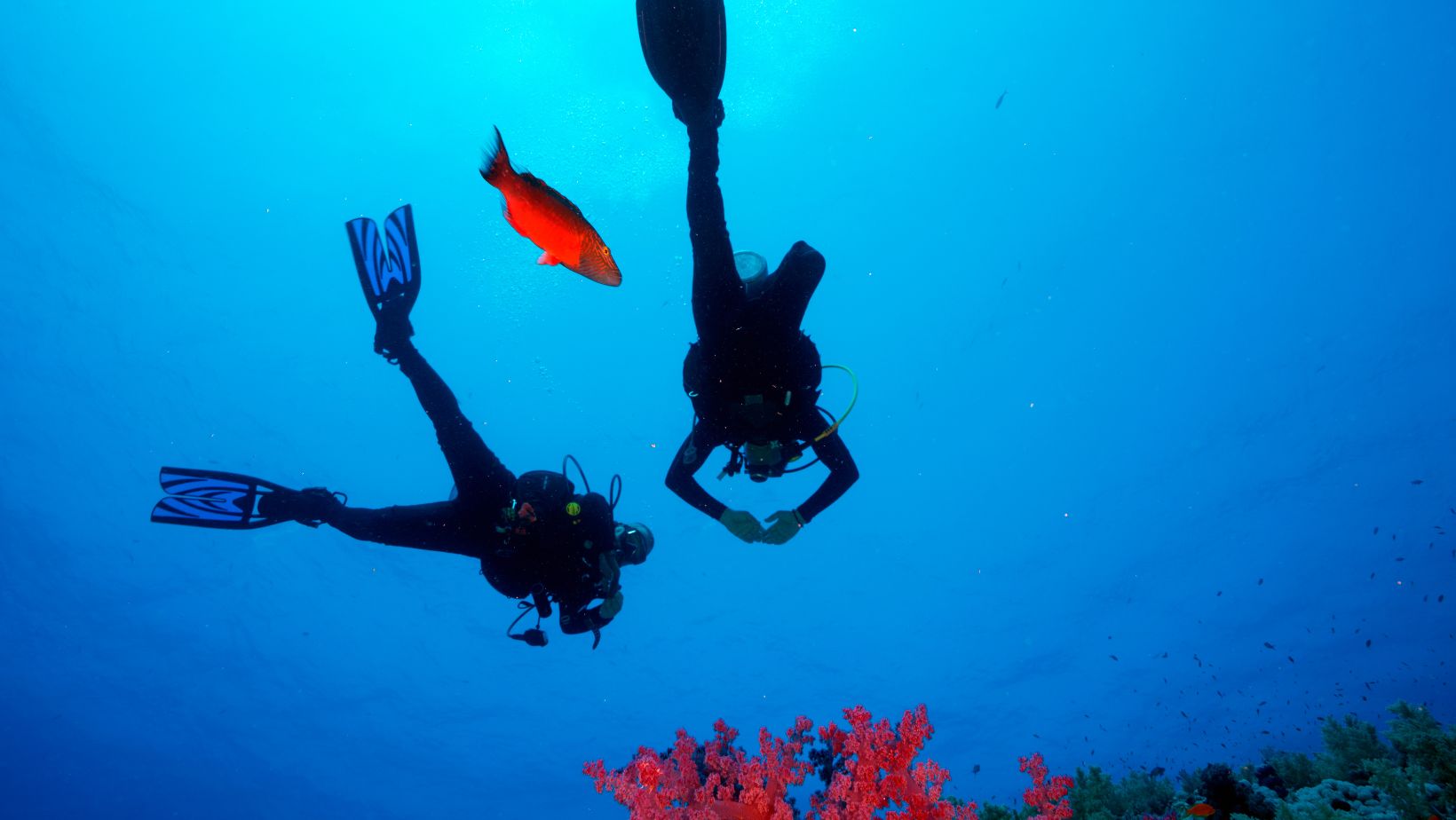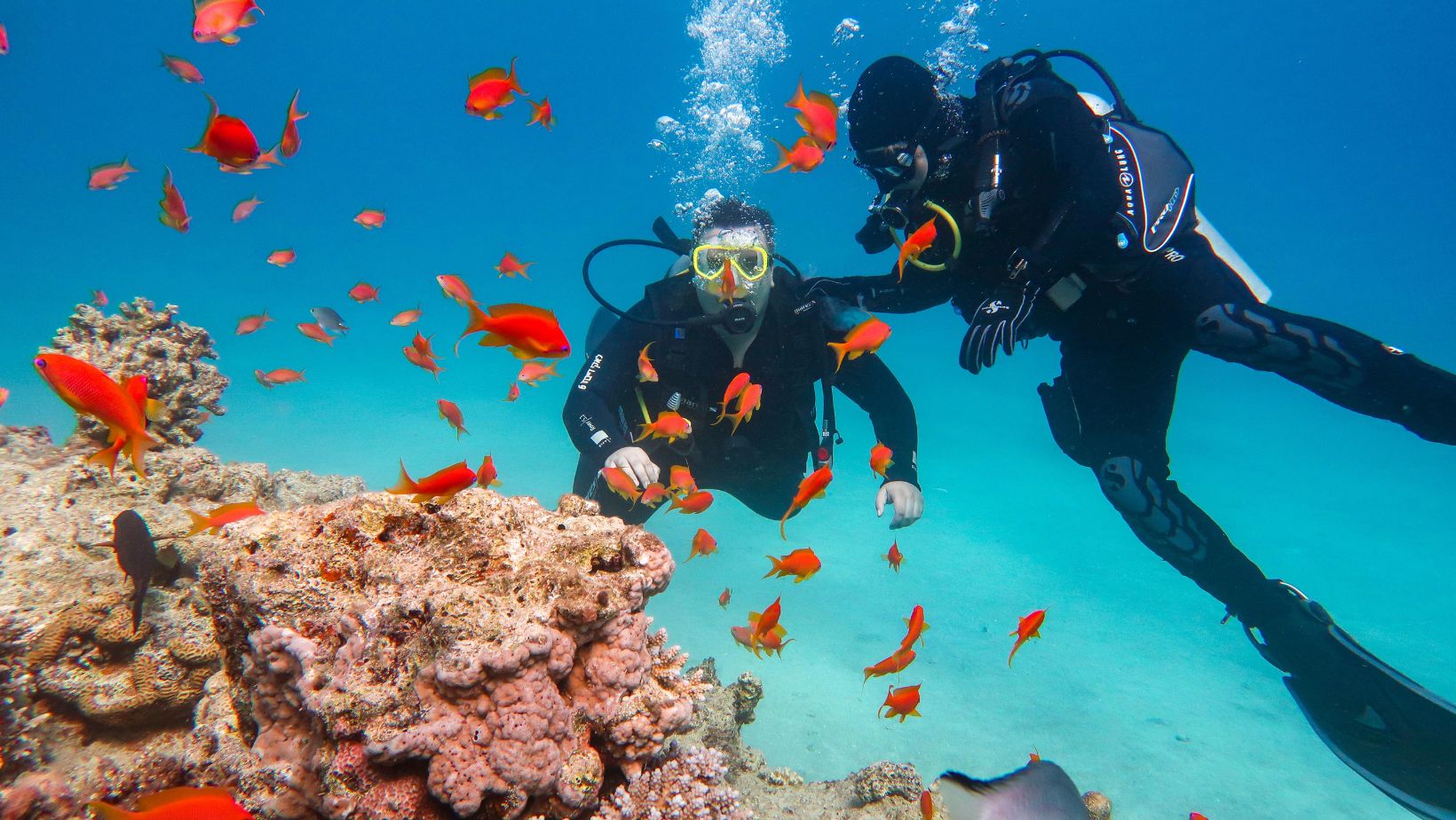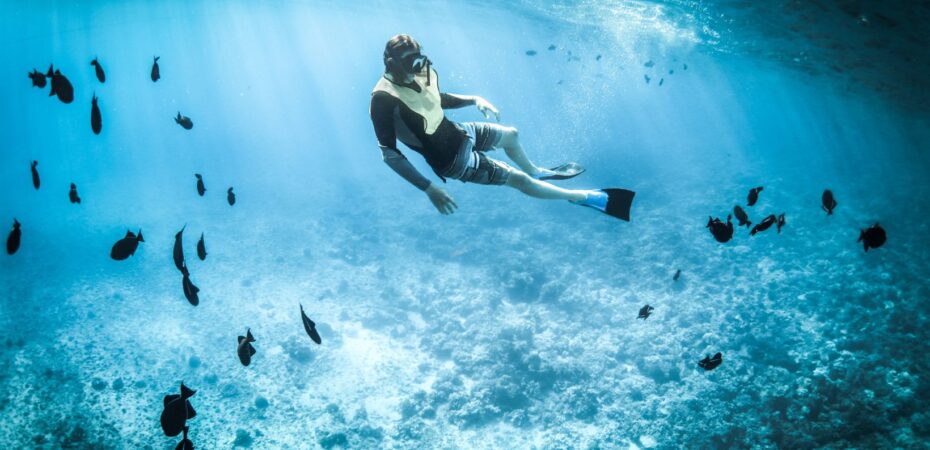Malta, an archipelago nestled in the heart of the Mediterranean, stands out as a premier destination for scuba diving enthusiasts. Its clear blue waters, intriguing shipwrecks, captivating caves, and vibrant marine ecosystems offer an unparalleled underwater experience. The islands of Malta, Gozo, and Comino cater to divers of all abilities, from novices taking their first breaths underwater to experienced technical divers seeking new challenges. Careful planning is key to maximising your time exploring this underwater paradise. This guide provides the essential steps to organise your ideal scuba diving holiday in Malta.
Why Choose Malta for Diving?
Malta consistently earns its reputation as a top European diving spot. Underwater visibility is frequently outstanding, often exceeding 30 metres, allowing divers to fully appreciate the dramatic seascapes of reefs, drop-offs, and caverns. The islands are particularly renowned for wreck diving. Numerous historical wrecks, primarily from WWII, alongside vessels scuttled deliberately to create artificial reefs, are scattered across the seabed. Sites like the immense Um El Faroud oil tanker or the HMS Maori destroyer provide fascinating dives into history. Beyond wrecks, natural wonders like Gozo’s famous Blue Hole (and the remnants of the Azure Window) and the Santa Marija Caves in Comino offer breathtaking geological formations.
When is the Great Time to Go?
While diving is possible all year, the prime conditions are typically between April and October.
- Summer (June – August): Peak season brings the warmest water (22°C-27°C), calmest seas, and best visibility. It’s perfect for comfortable diving but expect more people.
- Autumn (September – October): Often considered the best period. The sea retains its summer warmth (24°C-26°C), while crowds diminish. Conditions remain excellent.
- Spring (April – May): Water temperatures rise (16°C-19°C) and the weather improves. It’s a great time to learn or dive with fewer tourists.
- Winter (November – March): Diving continues, though water cools to 14°C-18°C, necessitating a drysuit or thick (7mm+) wetsuit. Weather can be unpredictable, but Malta’s numerous shore dives often provide sheltered options.
Getting Certified to Dive
A scuba diving certification is required to explore Malta’s underwater realm independently. If you’re not certified, you can complete training locally before your trip, saving valuable holiday time. Alternatively, Malta is an excellent place to learn, with numerous dive centres offering courses from major agencies (PADI, BSAC, SSI, CMAS). Beginners can try a ‘Discover Scuba Diving’ session or take the full Open Water Diver course (usually 3-4 days), qualifying you to 18 metres.
Choosing Your Base: Malta, Gozo, or Comino?
Each island offers a different vibe:
- Malta: The largest and busiest island, offering extensive accommodation, dining, nightlife, and cultural sites. Dive centres cluster around St. Paul’s Bay, Mellieha, and Sliema. It provides easy access to famous wrecks (Um El Faroud, HMS Maori, Rozi) and reef sites like Cirkewwa. Best for combining diving with other activities.
- Gozo: Smaller, quieter, and more rural. Known for spectacular natural sites like the Blue Hole, Inland Sea, and Cathedral Cave, plus wrecks like the Karwela. Ideal for a relaxed, dive-focused holiday. Marsalforn and Xlendi are popular bases.
- Comino: Tiny and mostly uninhabited, famous for the Blue Lagoon. Diving here involves boat trips from Malta or Gozo to sites like the Santa Marija Caves and the P31 wreck.
Many divers stay on one island and take day trips to dive sites around the others.
Planning Your Dives
Malta boasts a vast array of dive sites accessible from shore or by boat. Shore diving is very convenient, with many sites featuring easy entry points. Boat dives unlock access to offshore wrecks, reefs, and Comino’s sites. Discuss your experience level and interests with your chosen dive centre to get site recommendations. Guided dives are highly recommended for site familiarity and safety. Experienced buddies might dive independently after checking local procedures. The overall experience of diving in Malta is significantly enriched by the sheer diversity and accessibility of its underwater attractions.
Accommodation and Getting Around
Options range from hotels and resorts to apartments and traditional Gozitan farmhouses. Consider proximity to your dive centre or check if they offer pick-ups. Getting around is straightforward. Car rentals offer flexibility (drive on the left), while public buses are extensive. Taxis and ride-sharing exist. Regular ferries link Malta and Gozo. Many dive centres include transport to dive sites.
Budgeting for Your Trip
Factor in flights, accommodation, dive packages/courses, equipment rental, dive insurance (mandatory), transport, food, and sightseeing. Package deals combining diving and accommodation can offer savings.
Essential Packing List
- Dive certification card & logbook
- Dive insurance details
- Swimwear, towels
- Sun protection (sunscreen, hat, sunglasses)
- Comfortable clothing
- Personal dive gear (mask, fins, computer recommended)
Safety First
Always dive within your training limits. Listen to briefings, check your gear, and never dive alone. Ensure you have adequate dive insurance covering hyperbaric treatment (e.g., via DAN).  Malta has hyperbaric facilities. Be aware of boat traffic and use a Surface Marker Buoy (SMB).
Malta has hyperbaric facilities. Be aware of boat traffic and use a Surface Marker Buoy (SMB).
Start Planning Your Maltese Dive Adventure!
Malta presents an exceptional mix of top-tier diving, fascinating history, stunning landscapes, and Mediterranean allure. Its clear waters, abundant wrecks, dramatic caves, and professional diving infrastructure guarantee an unforgettable underwater holiday. By planning carefully – considering the best time to visit, choosing the right base and dive centre, and selecting appropriate dives – you can ensure a safe, enjoyable, and truly memorable exploration of the Maltese Islands’ underwater treasures.


 By
By 




